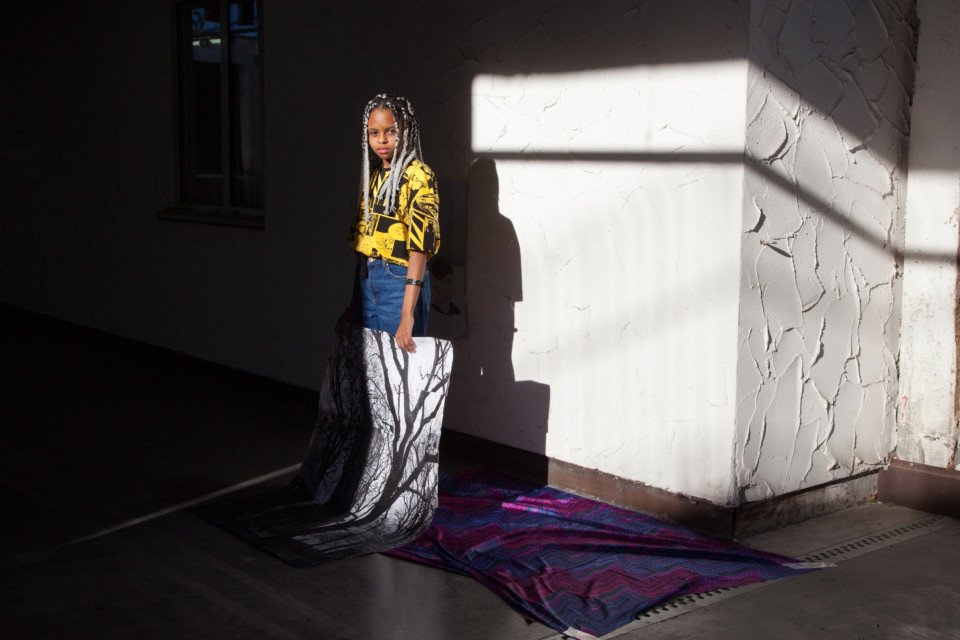↓
Melika Shafahi
Residency Finale
Friche la Belle de Mai
Melika Shafahi is the first Iranian artist to join the “Résidences Méditerranées” program developed by the Friche la Belle de Mai in partnership with Fræme-contemporary art – for the visual arts tutoring. The project, initially set up with the institutes of Morocco and then Algeria, sees here an unprecedented development through the start of a cross-residency program based on a multi-stakeholder approach with the French Embassy in Iran and Kooshk Residency in Tehran.
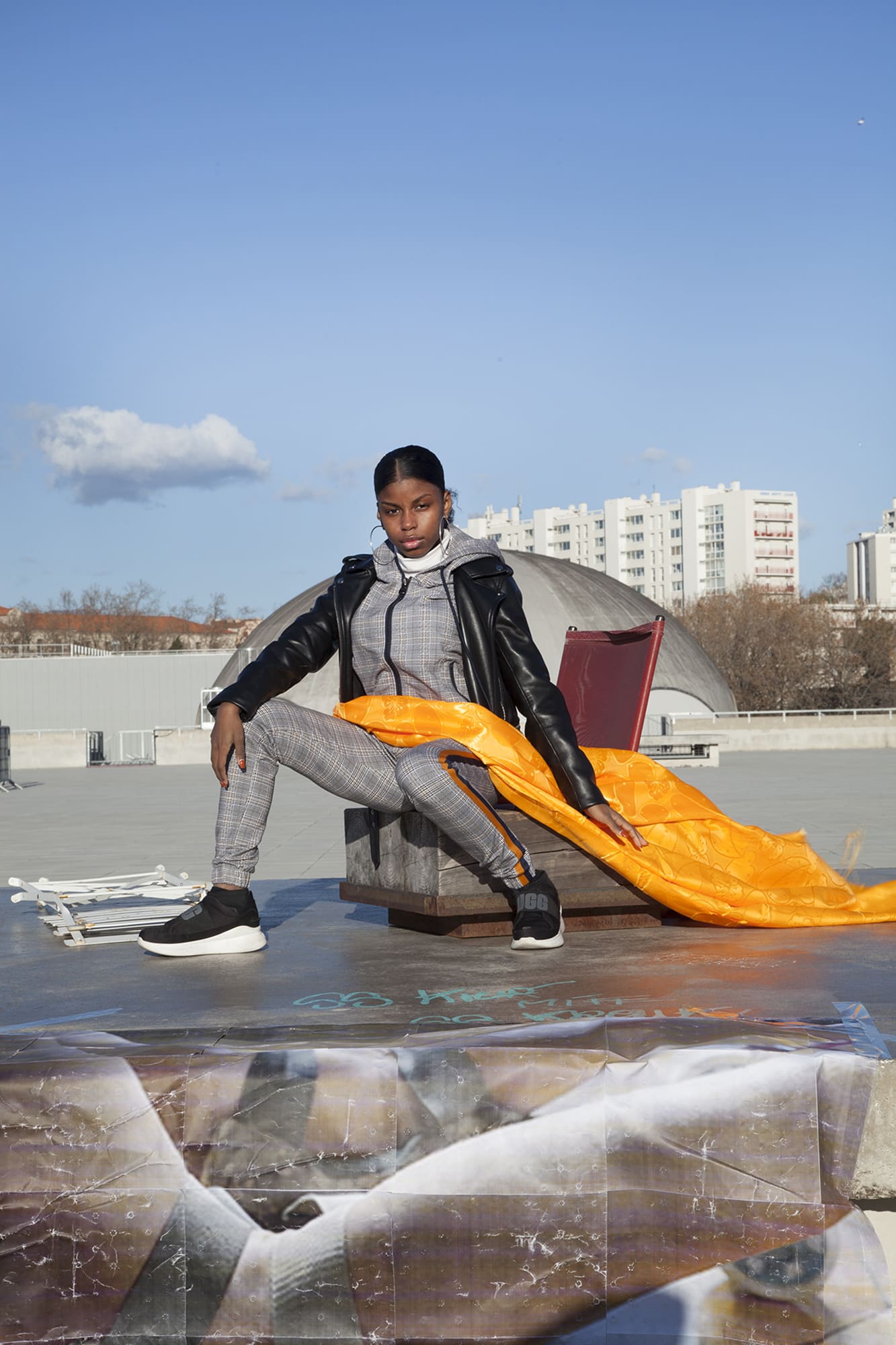
Melika Shafahi’s work at La Friche la Belle de Mai has been nourished by the site’s various teenage users. Having become an integral part of the identity of the site, these heterogeneous groups of young people occupy as much the spaces that are dedicated to them, such as the playground, dance floors, etc., as the many hidden places when the previous ones become too apparent for their activities.
They are also the place’s present incarnation, and their presence is precious around all the cultural projects that are held in the Friche’s spaces, although they aren’t always attending them. It is enough for them to know that there are artists working, concerts playing, stories being told on stage and exposed works, creating an active alchemy that obviously escapes to the wishes of the cultural operator. The brownfield site with its background programming has become their playground and it suits them. Melika Shafahi, in a slow processed work and by her stagings, operates here a first reversal of this inventory, using her practice as a new process of inclusion where the tribes of teenagers also become cultural actors.
Melika Shafahi was born in Iran in 1984. Like the rest of her generation born after the 1979 Islamic Revolution, she grew up negotiating with the paradoxes of contemporary Iranian life: the influence of the American consumer culture against the Iranian’s State austere religiosity; divisions between public and private spheres. After studying photography in Tehran, Melika Shafahi studied at the Ecole des Beaux-Arts in Lyon and now lives between Tehran and Paris. This training, based on contrast and hybridity, was essential in her artistic work.
From these formative years, the artist often works by creating meticulous and colourful – as a matter of fact theatrical – large-scale productions that reflect her own hybridity, combining light and the typical composition of Renaissance paintings with Eastern visual references.
In her recent work, Melika Shafahi explores the globalized social culture, an aesthetic that itself blurs the boundaries between artificial and reality, facts and fictions, embracing their impact on the behaviour of all societies.
Melika Shafahi is supported by Kooshk Residency in Tehran.
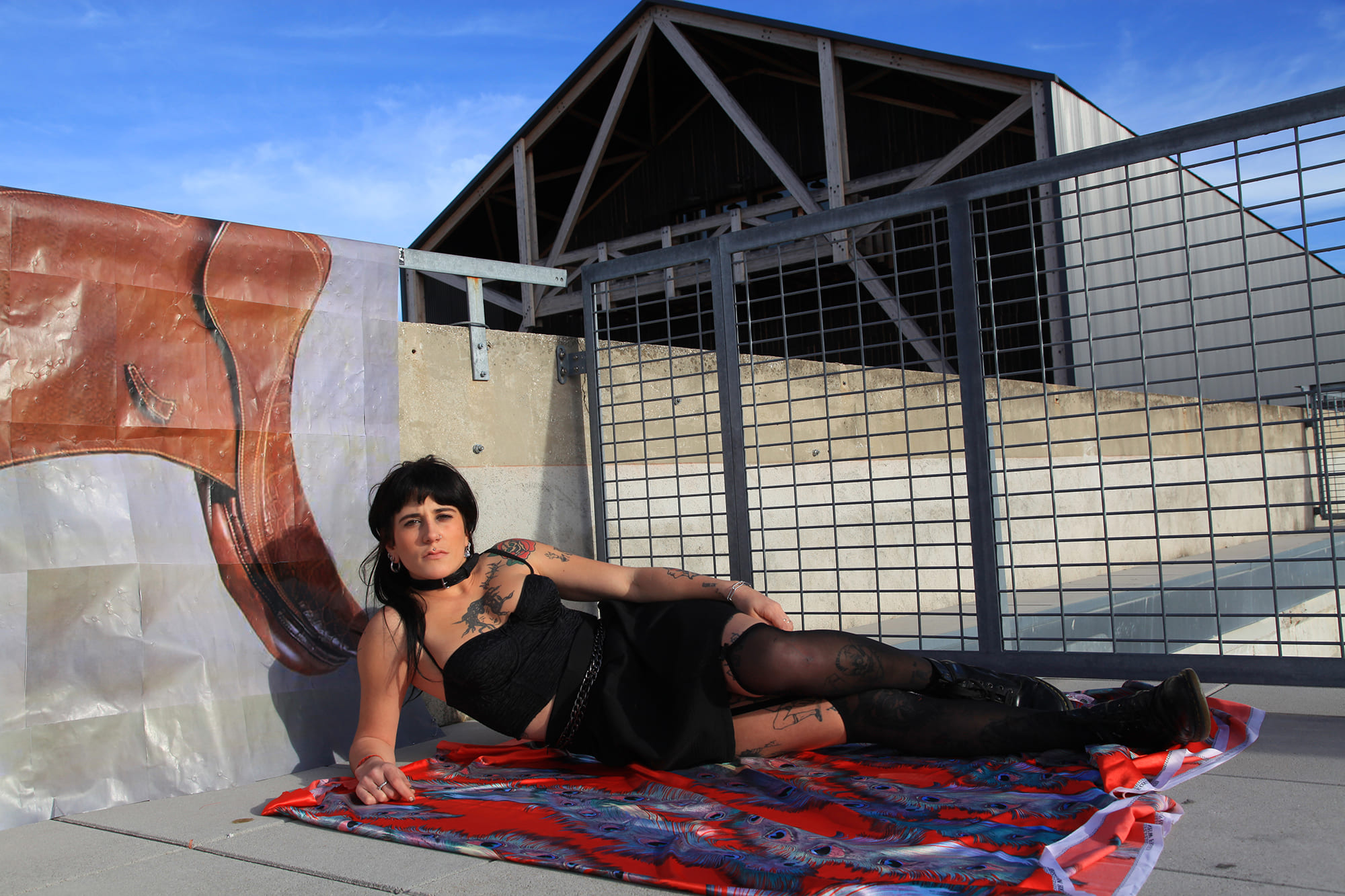

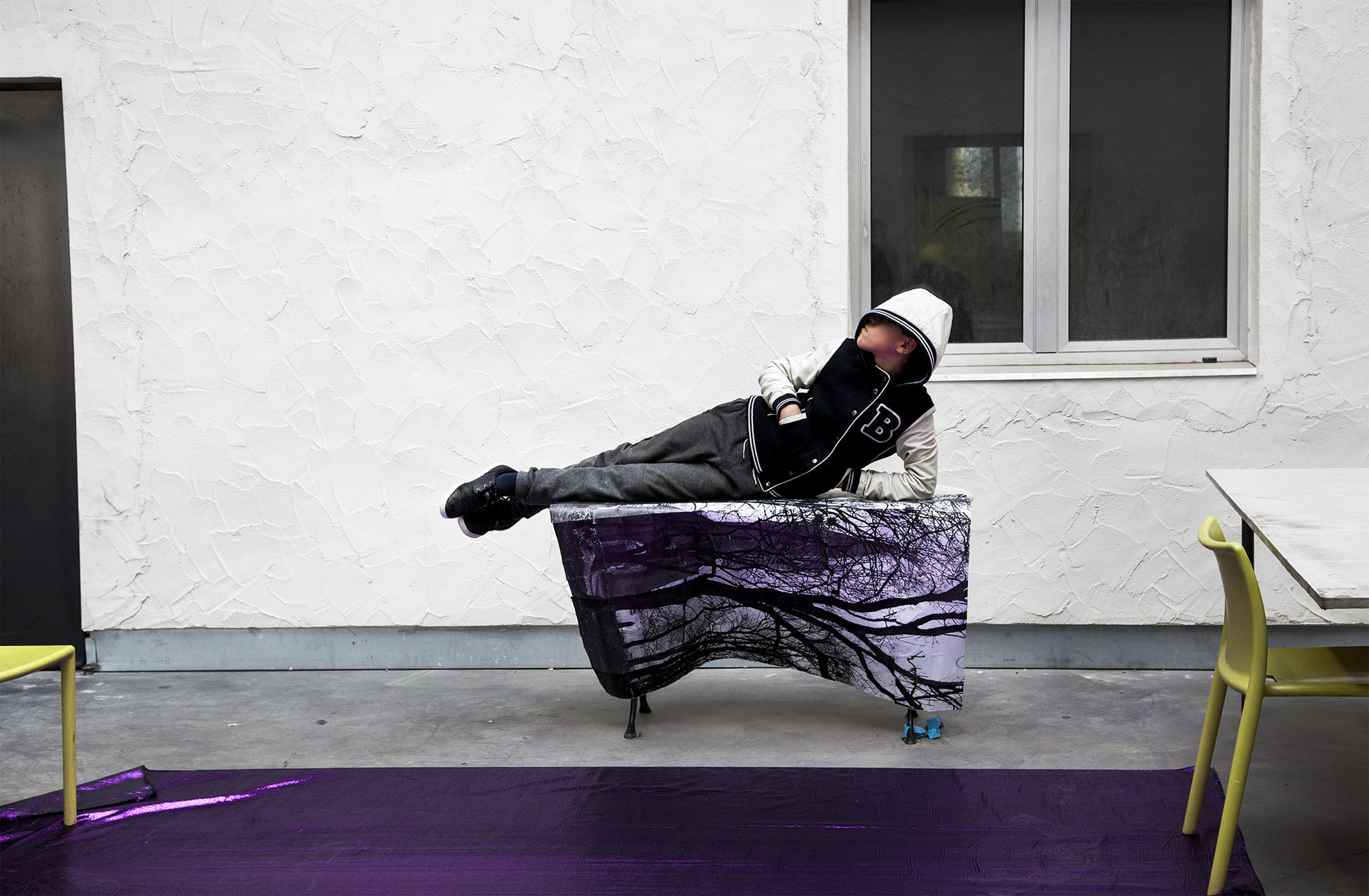
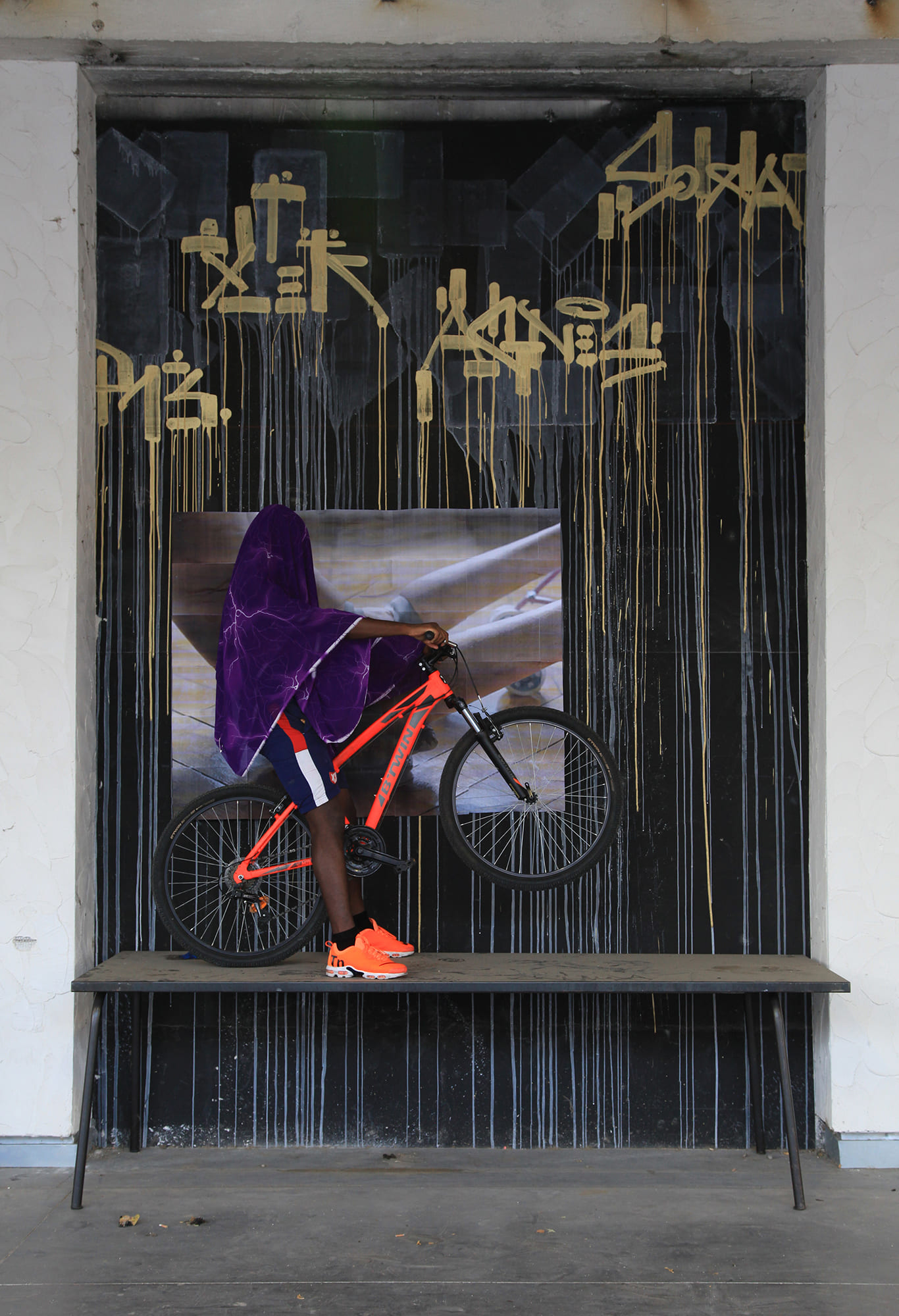
“My work revolves around the question of the connection between individuals and spaces.
For this residency at the Friche Belle de Mai, I took interest in the youth who comes to the brownfield site. They are the first ones we see when we enter it; they are an important part of its identity.
In this series, I wanted to approach the site of the Friche as a social space, place of life and blending. The diversity of the installations drains, in a same enclosure, various public, some of which meet only very rarely.
These different worlds do not necessarily have direct interactions; however, they share a space where both integrate the daily landscape of each.
The young people who posed for my photos grew up with the internet. They have always been exposed to an indistinct mass of images. They are themselves producers of images. Through social networks, they have become accustomed to go through a photographic staging in their relationships to each other.
In each of my photographs, my models are given a fabric and an image as accessories. The fabrics are often very colourful, sometimes flashy, imitating the codes of luxury. These are fabrics from the popular apparatus. The images inserted in the stagings are photographs, either taken from the internet, or from the artist Torbjorn Rodland, whose work plays on this ambiguity between googlisation of icons and works of art.
Generally, quite indifferent to these accessories, models have however agreed to pose with them, in order to achieve a public image.
In this series, I photographed young people from the Friche, staged inside the brownfield site. The device focuses on these young people whose relationship to images is all at once rich and complex. It is not, strictly speaking, to portray them, but rather to question the way in which they represent themselves, and what they agree to show to others.
I liked being the one who, for a few months, had the role of a conductor for this collective project, erasing any social and generational differences, the driving force here being to open them to concepts, to offer them gestures, spaces of reflection, for them to become the actors of artistic projects related to their relation with a space of which they are also the inhabitants.”
Melika Shafahi
With the support of the Embassy of France in Tehran, Iran
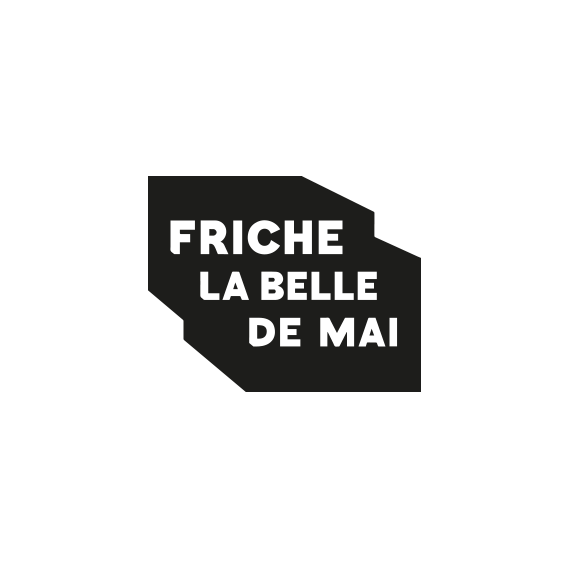

The Friche La Belle de Mai with Algeria’s and Morocco’s French institutes have initiated the “Mediterranean Residency” program. This circuit aims to welcome in Marseille emerging Moroccan and Algerian artists for a few months to encourage their mobility around the Mediterranean territory: these residencies take place in the Friche, are accompanied by Art+, which suggest a research space and custom-made creation that helps them develop their artistic practice and (re) discover the French artistic scene. The public opening of their studios, encounters with professionals (curators, art critics, journalists…) take place throughout the residencies to create new collaborations and ensure a visibility of their work.
Visits by appointment : mlp@fraeme.art
